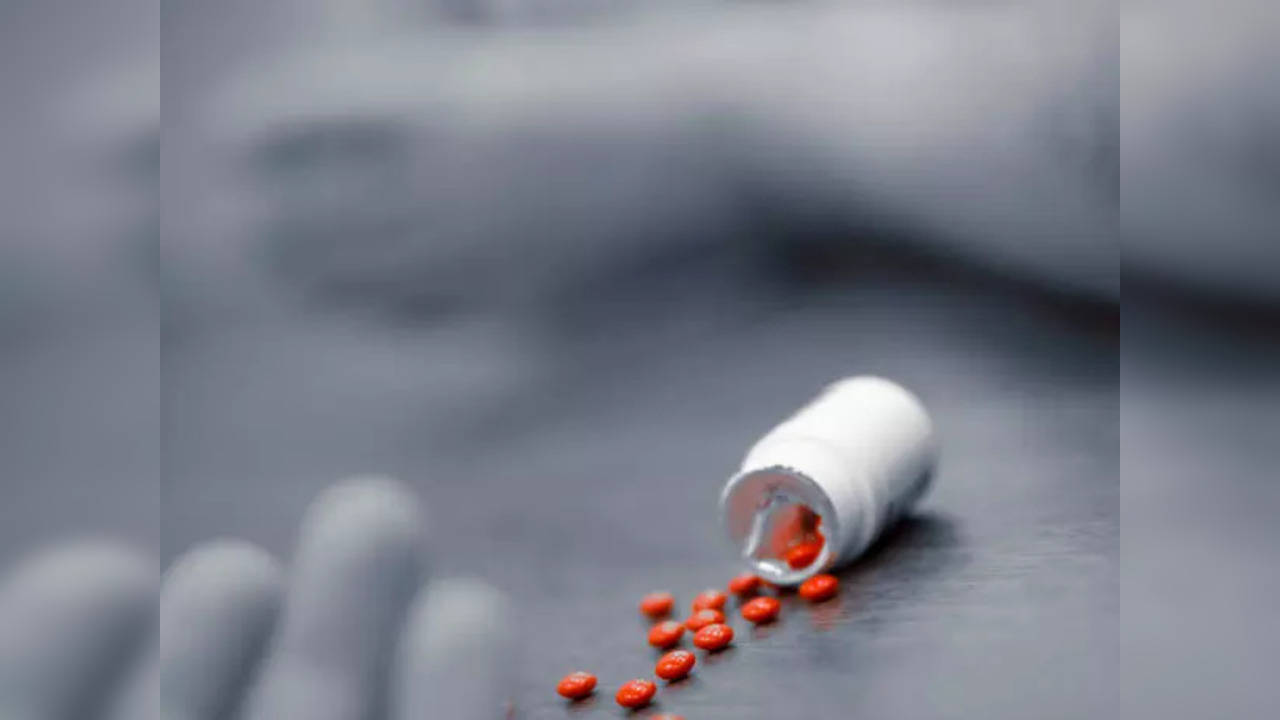What Is Beni-koji - The Japanese Health Supplement That Killed 5, Hospitalized Hundred Others?
At least five people were killed and 114 were hospitalized in Japan after consuming cholesterol-lowering health supplements that contained the ingredient beni-koji - a species of red mould. According to news reports, Beni-koji is a traditional Japanese ingredient derived from fermented rice. Read on to know more.

Osaka-based Kobayashi Pharmaceutical Co. has been raided by the police and more stock of the supplements has been taken off store shelves
At least five people died, and 114 others were hospitalized after taking a popular Japanese health supplement. Beni-koji, also known as red yeast rice, is a traditional Japanese ingredient derived from fermented rice.
According to news reports, Osaka-based Kobayashi Pharmaceutical Co. has been raided by the police and more stock of the supplements has been taken off store shelves.
The red mould is known to reduce bad cholesterol levels in the body and is also used as a food colouring.
Police said some people developed kidney problems after taking the supplements, but further investigation has been ordered to find out the exact cause.
What is beni-koji?
According to reports, beni-koji is loaded with lovastatin - a lipid-lowering medication part of the statin drug class used to treat and prevent coronary heart disease, hypercholesterolemia, and adolescent patients with heterozygous familial hypercholesterolemia.
Doctors say cholesterol build-up in your arteries can block the flow of blood to your heart, brain, or other parts of your body. This also raises your risk of serious diseases like heart attack or stroke.
Experts recommend lowering your cholesterol levels to bring down these risks.
Apart from lovastatin, beni-koji is also said to contain citrinin - a toxic metabolite believed to cause kidney disease, according to NHK Japan news. Citrinin contaminates a wide range of foods and feeds at any time during the pre-harvest, harvest, and post-harvest stages.
Citrinin toxicity
Studies say citrinin has been isolated from its natural occurrence in cereal grains such as wheat, barley, oats, rice, and corn.
A major characteristic of its occurrence happens when it co-occurs with ochratoxin A in the cereals and most isolates of fungi that produce citrinin also produce ochratoxin A. The conditions under which citrinin occurs in the field are presumed to be similar to that for ochratoxin and levels have been found in cereal grains as high as 80 ppm.
Experts say very little is known regarding the field occurrence of either ochratoxin or citrinin and therefore they are considered storage problems in grains, although ochratoxin is known to occur in certain crops at harvest such as grapes this is usually the result of production by some of the “black” aspergilli such as A. Carbonarius.
Doctors say citrinin toxicity usually affects the kidneys. High levels of citrinin also affect the liver in addition to the kidney.
Citrinin produces necrosis of the distal tubule epithelium in the kidney and is a pH-dependent tautomer.
Common symptoms of citrinin toxicity include increased water consumption and diarrhoea. These symptoms have been caused by levels as low as 130 and 260 ppm of dietary citrinin. The diarrhoea appears to be caused by the increased urine excretion due to altered function and degenerative processes of the renal tubules and not due to gastrointestinal disturbances.
Trending:
End of Article
Subscribe to our daily Lifestyle Newsletter!
Related News





What Causes Your Feet To Swell When You Sit For Prolonged Time?

World Ovarian Cancer Day 2024: Expert Debunks Myths And Facts

Can Precum Cause Pregnancy? Gynecologists Debunk Myths And Misconceptions

What Happens To Your Body When You Have Moringa Water On An Empty Stomach?

West Nile Fever Cases On Rise In Kerala: Know Causes, Symptoms And Preventive Measures








